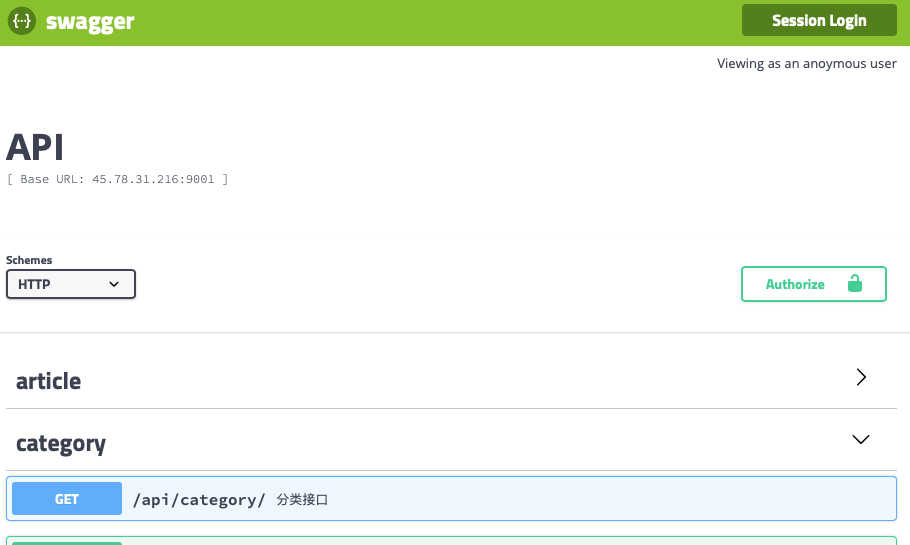

In views.py: from rest_framework import viewsetsĬlass UserViewSet(viewsets.ReadOnlyModelViewSet): Then in your urls.py: from rest_framework import routersįrom import UserViewSet Then in your settings.py just include: INSTALLED_APPS = [ What you need to do in this case: Django Rest Framework + Swagger pip install django djangorestframework django-rest-swagger So answering to your wide range question about Swagger integration with Django, you can use Django Rest Framework + Swagger (which I recommend) or Swagger only. This does not affect the \Z assertion.If you're trying to use Swagger, then I'm sure you're building an API (REST). The meaning of dollar can be changed so that it matches only at the very end of the string, by setting the PCRE_DOLLAR_ENDONLY option at compile or matching time. Dollar has no special meaning in a character class. Dollar ($) need not be the last character of the pattern if a number of alternatives are involved, but it should be the last item in any branch in which it appears. For example, /t$/ does not match the "t" in "eater", but does match it in "eat".Įnd of subject or newline at end (independent of multiline mode)Ī dollar character ($) is an assertion which is TRUE only if the current matching point is at the end of the subject string, or immediately before a newline character that is the last character in the string (by default). If the multiline flag is set to true, also matches immediately before a line break character. More interestingly, searching for foo.$ in 'foo1\nfoo2\n' matches ‘foo2’ normally, but ‘foo1’ in MULTILINE mode searching for a single $ in 'foo\n' will find two (empty) matches: one just before the newline, and one at the end of the string. foo matches both ‘foo’ and ‘foobar’, while the regular expression foo$ matches only ‘foo’. Matches the end of the string or just before the newline at the end of the string, and in MULTILINE mode also matches before a newline. Here's a comparison of the regex APIs for Python and Javascript: I can manually edit yaml files, but I'd like to have a dynamic API endpoint for schema definitions.

I'm open to any other suggestions, but as I see it now, the yaml produced from Django regexes is not compliant with Javascript and javascript validators by extension. Run all of the python regexes through a simple replace, changing \Z for $.The \Z regex is not valid as an anchor in Javascript. Change the Django regexes to use the $ anchor, this may have unintended behavior.The problem is that swagger chokes on this syntax, and looking at the code it comes directly from the Python regexes being exported to the openapi spec.

Javascript uses the $ as the end anchor, this has slightly different semantics to the intended \Z anchor in Python. This swagger ticket gives context to the following: The Django Validators use the syntax \Z to designate an end of line, similar to the more conventional $ marker.


 0 kommentar(er)
0 kommentar(er)
